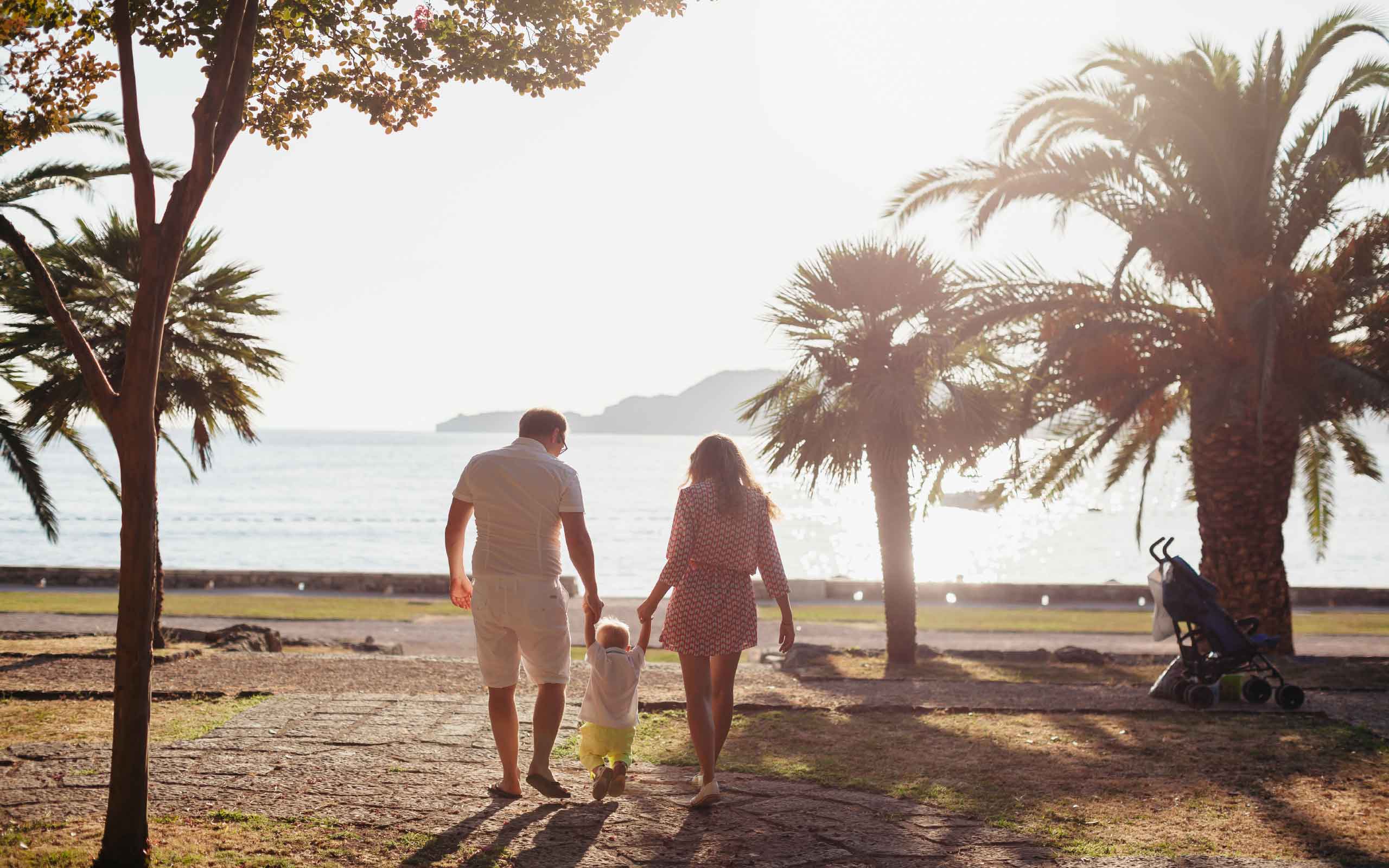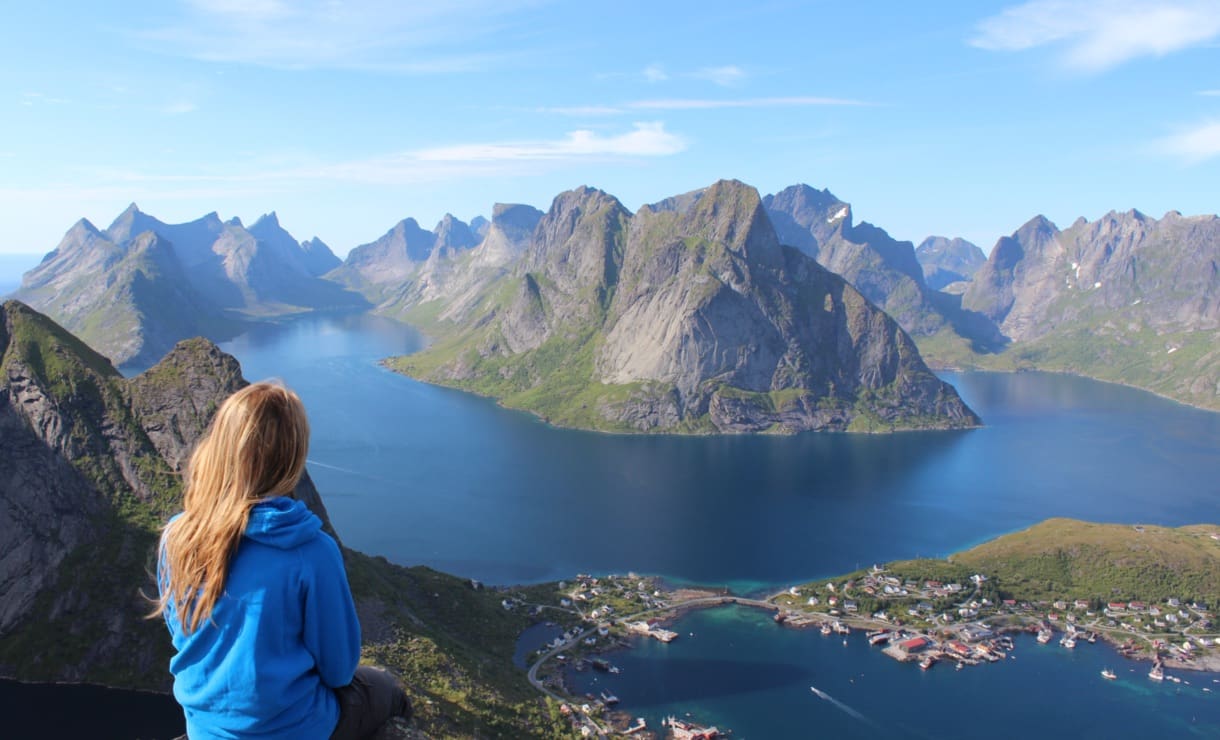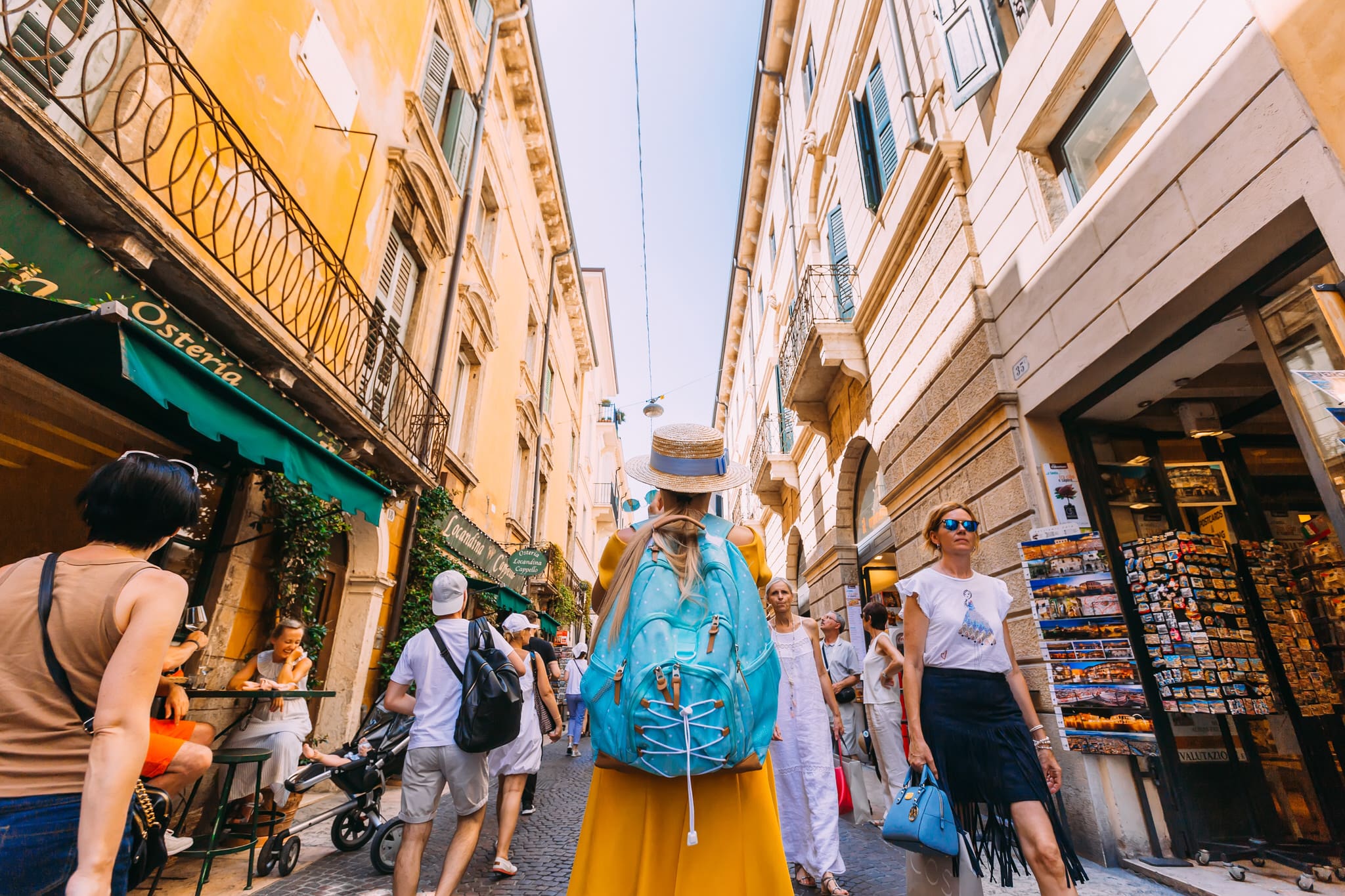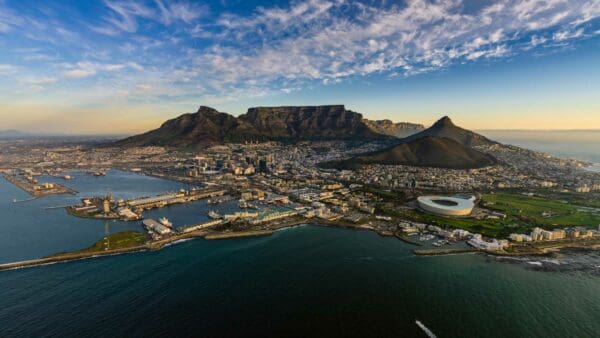The second country my team and I will be going to is Nepal.
That just gave me chills.
Nepal is high on my bucket list, so to be able to say I will be living there in 7 months is unbelievable. I’ve said this before, but it’s so important for me that you know that this isn’t a vacation for me and I’m not viewing it as such. I would do the same thing and go to 11 different cities in America for 11 months if I was being called to do it – or anywhere for that matter. But the fact that this mission is placing me in places like Nepal..
come on, pinch me! I am so grateful.
So to jump right in, let me give you a little rundown on the country of Nepal. Nepal is primarily Hindu and Buddhist, although Christianity has been on the rise in the aftermath of the 2015 earthquake. Thousands of adventurers travel there yearly to backpack in the Himalayan Mountains, make the trek to Everest Base Camp, visit many of the countless temples, or wander the markets scattered in colorful prayer flags. Previous racers have done so much work in this beautiful country; I am so excited to pick up where they left off and let this country shape me in ways I can’t even begin to imagine.
In April of 2015, a 7.8Mw earthquake struck the country, leaving over 9,000 people dead and 22,000 people injured. The Nepalese government declared a state of emergency and countries like India and China quickly sent in rescue teams. Hundreds of thousands of structures were destroyed leaving families torn apart and without shelter. According to UN reports, around 2.8 million persons were displaced after the earthquake. Health, safety and food security were at the top of the relief work.
Today, because of the weak government, many communities are still being delayed in the rebuilding process. Although there was a huge support of international aid, many tourist cities have been unable to come back from the negative implications of the earthquake.
Rebuilding Nepal is our goal in this country. Not just physical rebuilding of structures, which we may be called to do. But rebuilding families who have lost loved ones, who have been displaced from their home, who can no longer partake in cultural norms because architectural structures are no longer there. Our purpose is to bring love, hope and encouragement to the people of Nepal.
Current World Racers have been working in a multitude of positions in Nepal from teaching, construction work, food/water relief work, helping refugee victims and victims of sex trafficking. This is a little snippet of what prostitution rings look like in Nepal from the viewpoint of a racer.
Prostitution is illegal in Nepal, but it is still practiced in secret. Brothels in Nepal are disguised and called cabin restaurants, where men and women can order food and drinks and sit in a booth closed off by a curtain. The more they buy, the more services they receive. Rachel Lyons and her team spent time in a cabin restaurant uncovering what really goes on behind closed doors and how to help the women working there.
She described the cabin restaurant,
“It was darkest place I’ve ever been. This world is at war for our souls – and this is where the devil plays.”
Rachel wrote about entering the cabin restaurant, sitting down and inviting a girl, Mona, to join her and some of her teammates. They sat and talked with her for over two hours about life, and the love of God. They started to feel the pressure from the cabin restaurant and other guests who wanted to see Mona, and knew they couldn’t stay any longer. They left, knowing the fate of Mona after she returned to work.
Rachel expresses her frustrations at not being able to do more for Mona in those moments, but she knew she heard the message that God had intended for her.
The intent of the visits with these women has to be in secret. If people found out the Nepali contacts we work with are actually figuring out ways to set these women free, extreme consequences would occur, restaurants would shut down, and it would be impossible to rescue any of these women or offer them a way out.
“The reality is that Mona is one of 35.8 million enslaved men, women, and children throughout the world—and there are an estimated 60,000 in the states.
There is actually more people in slavery today than at in any other point in recorded history. It just looks a lot different than we think it does.
It happens in dark rooms with booths in tucked away places in Nepal, but it also happens right next door in the US.”
This is reality and a harsh truth.
Nepal will be a place of beauty, culture and wonder, but also of enslavement and suffering. I will be going to Nepal to help in whatever capacity God calls me. I may be rebuilding structures lost in the earthquake, I may enter cabin restaurants and feel my heart break for the women working there, I may play with children in a school for a month. In the end, all that matters is that the love of God is shown and that the Truth is heard.
The good news is, we serve a God who sets captives free.








